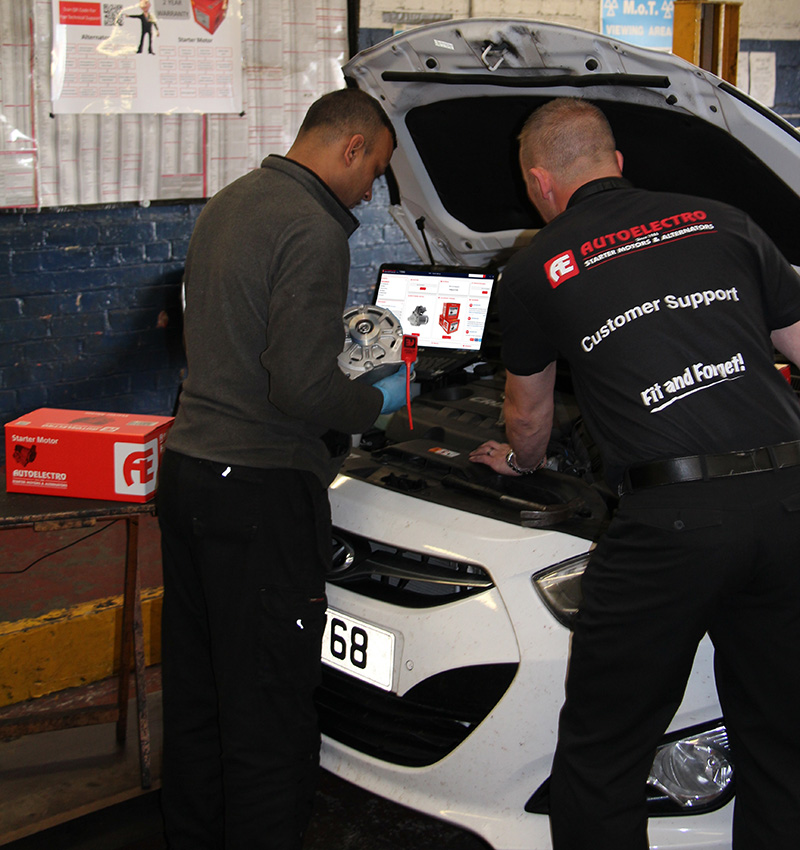
Autoelectro’s UK sales manager Nick Hood offers his advice to technicians diagnosing and replacing ignition parts.
Technicians faced with replacing alternators should be wary of delicate data connections, as technology evolution has made life trickier for those under the bonnet.
Even with the arrival of smart alternators, 48 V electronics and combined starter motor and alternators, the unit is installed the same way it was previously; however, advances in technology mean the technician is replacing a part that is more like computer equipment, meaning they need to be cautious.
With the amount of overall electronics on a modern vehicle, if the cabling and everything was done in the same style it was 30 years ago, then the whole loom would be a lot bigger and heavier. Technology has improved in terms of the size of connection and the structure of cabling, which is great from a production perspective, but the practicality of removing and installing an alternator isn’t as robust.
Rotating electrics replacement and diagnosis
Autoelectro’s in-house remanufacturing facility, not to mention the three-and-a-half decades experience it has, means it is well-placed to investigate returns under warranty and offer advice on diagnosis.
An issue could be something basic, like the tensioning or wearing of belts; however, a fault might be more complex, perhaps linked to the design of the vehicle in question.

For a starter motor, dual mass flywheel dust interference is a typical diagnosis, while, for an alternator, problems are more difficult to identify because of the number of sensors that are relaying information to the electronic control unit – each one of those links can create issues.
If the starter motor has burnt out but the solenoid is operational, it is likely there is something on that vehicle that’s created the problem. Something’s held the starter motor in operation, an electrical current, which could indicate an ignition switch failure.
On a smart charge system that can charge at variable voltages, the system is reliant on information coming from other sensors within the vehicle, so there can be a situation where an alternator appears to not be charging at the correct voltage or not charging at all – something else on the vehicle might be creating that situation.
Ultimately, the root cause needs resolving, rather than just swapping the part. To support the technician, Autoelectro places useful fitting and technical information into its product boxes, to ensure they’re equipped to diagnose the true problem.









